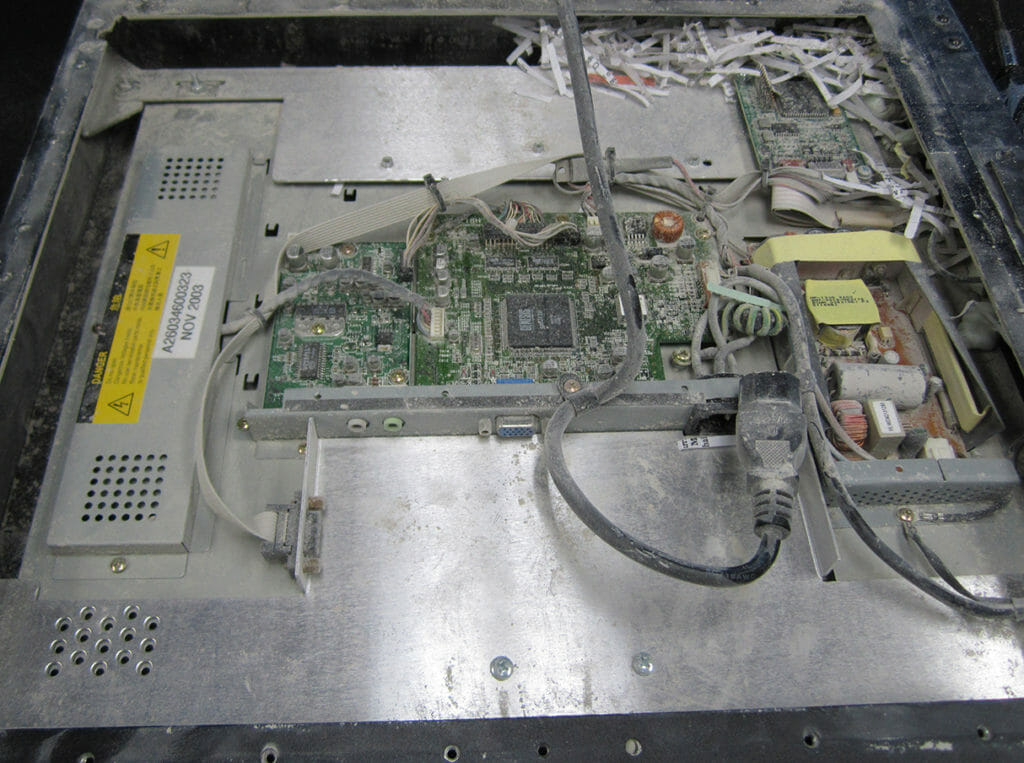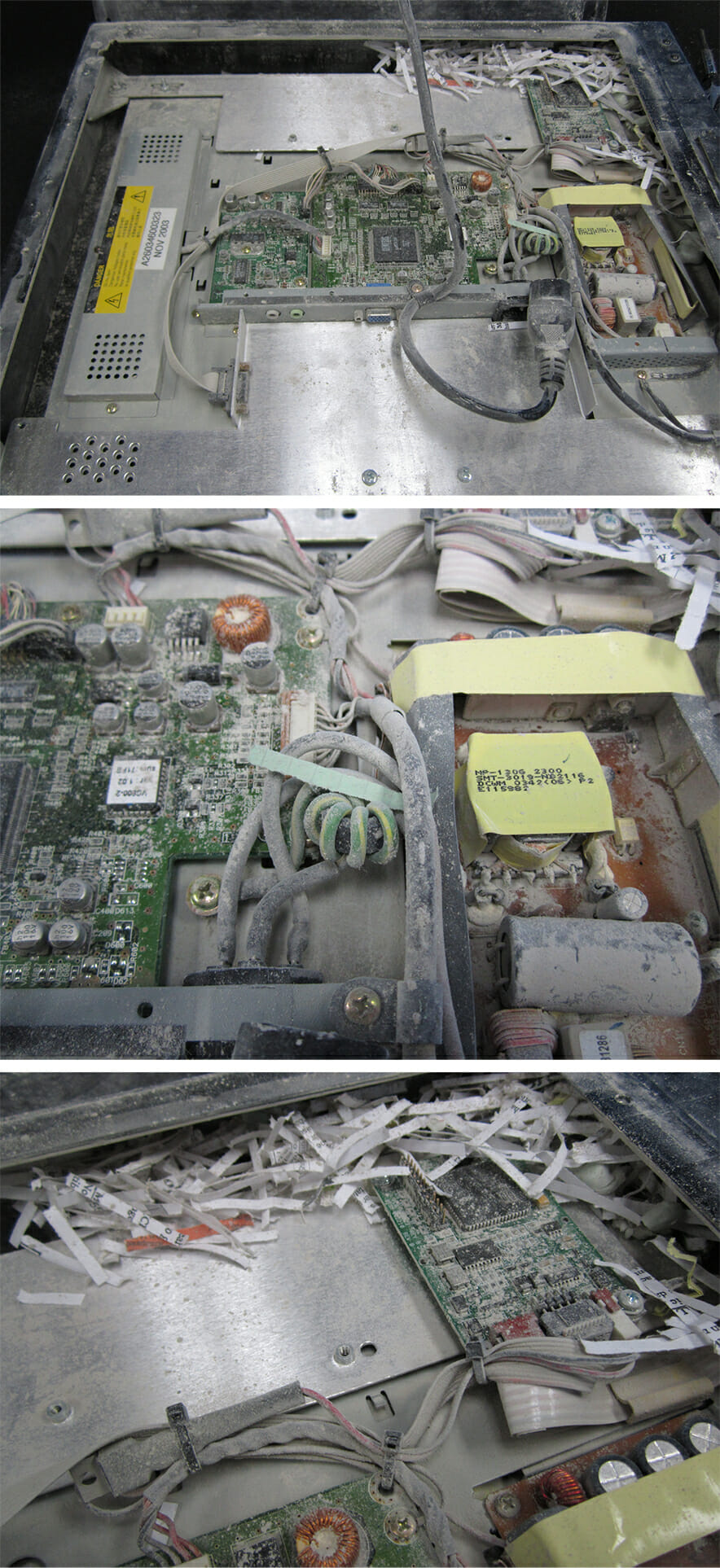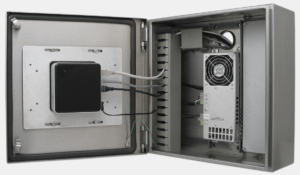
The NUC (Next Unit of Computing) from Intel is a small single board computer kit made by Intel and intended for use in any location where a small, cool, and energy efficient yet somewhat powerful computer is required. Intel intends for the device to be used in most any application ranging from digital signage to industrial/commercial kiosks to home entertainment. We’ve had a number of customers ask about suitability of the NUC for use with our industrial touch screen and workstation products, so we thought we’d get our hands on one and take a look.


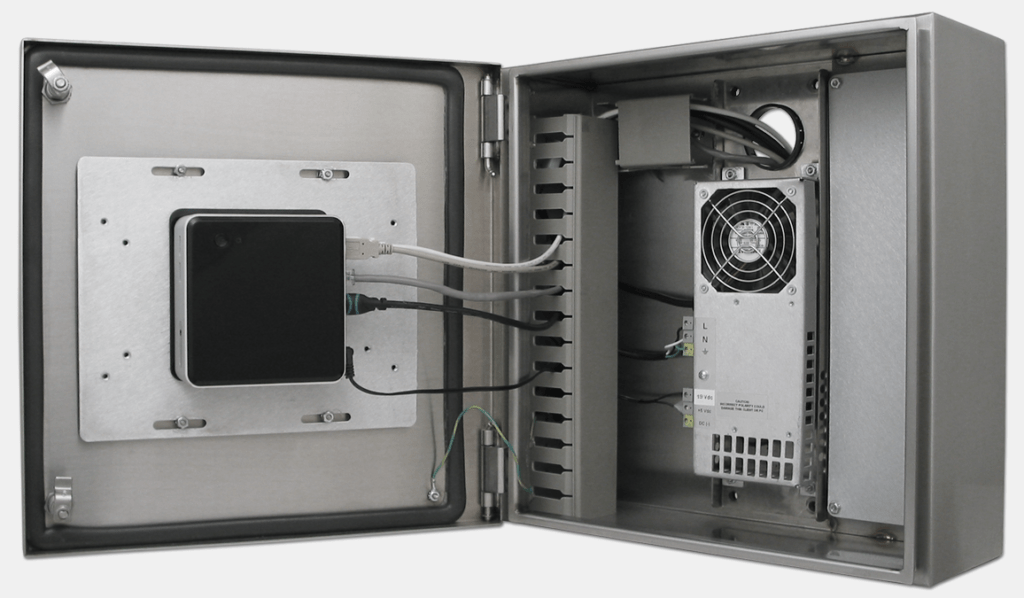
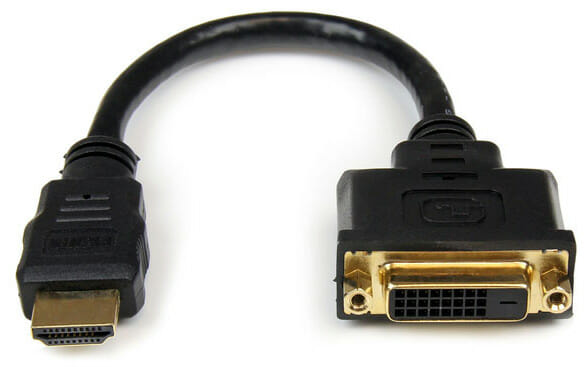
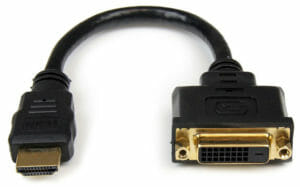
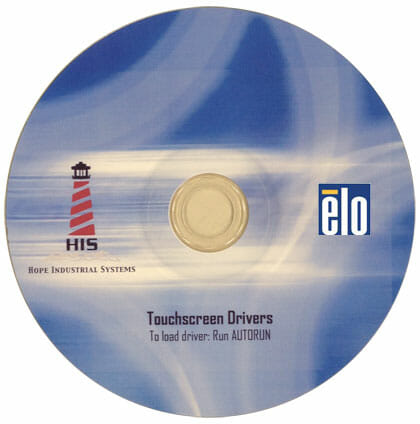
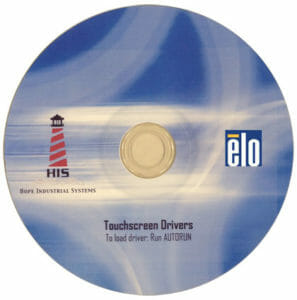
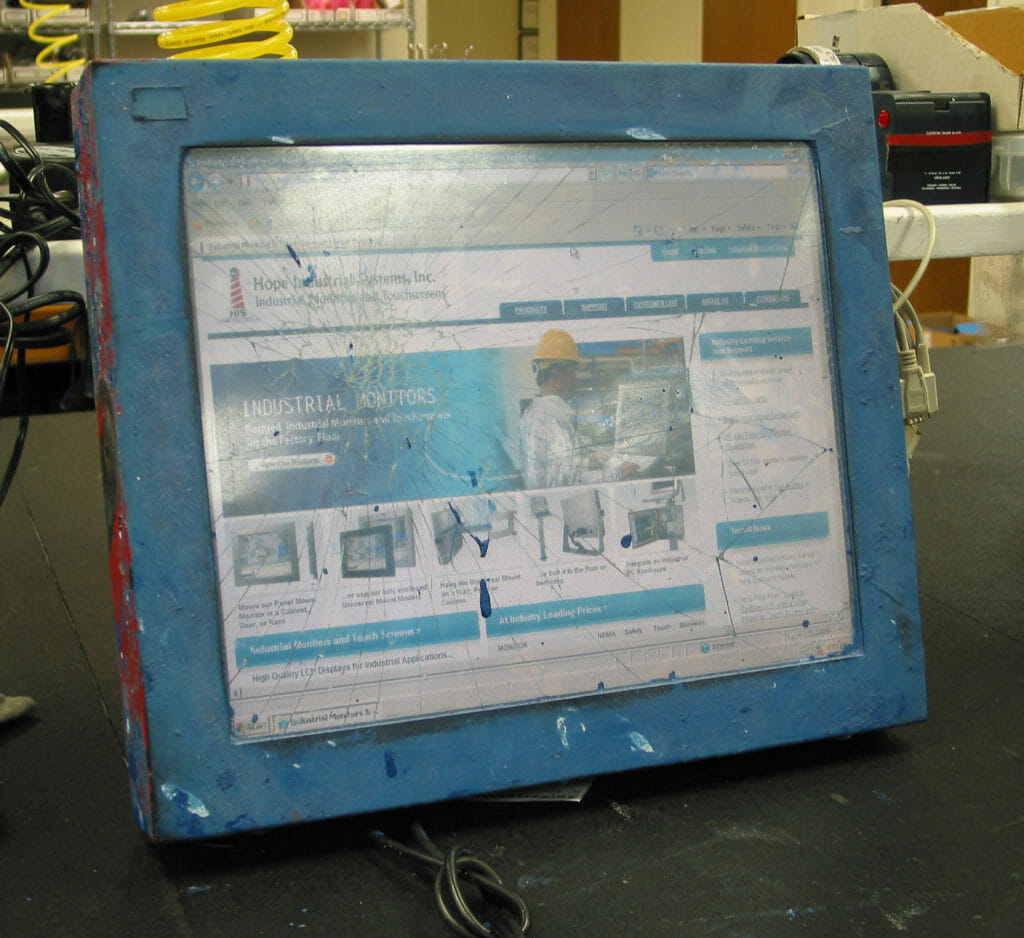
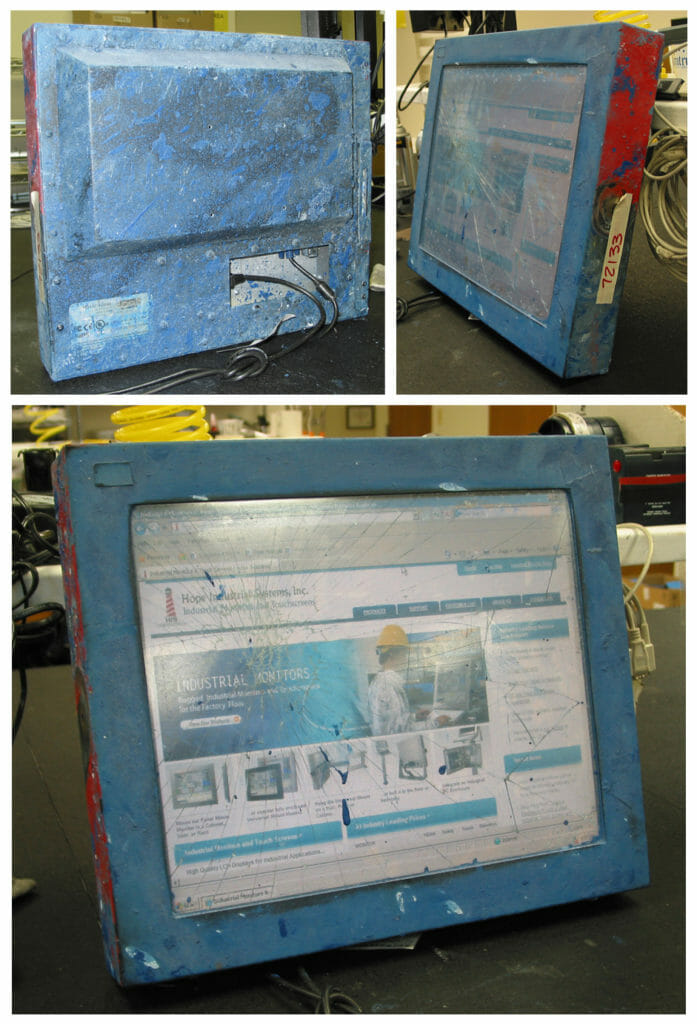


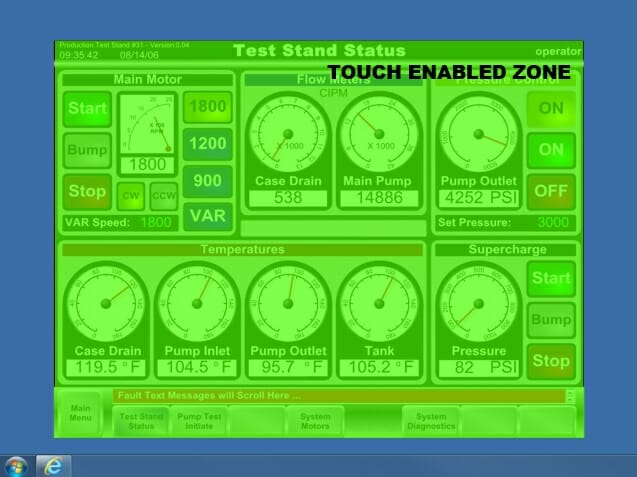
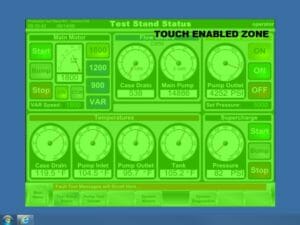
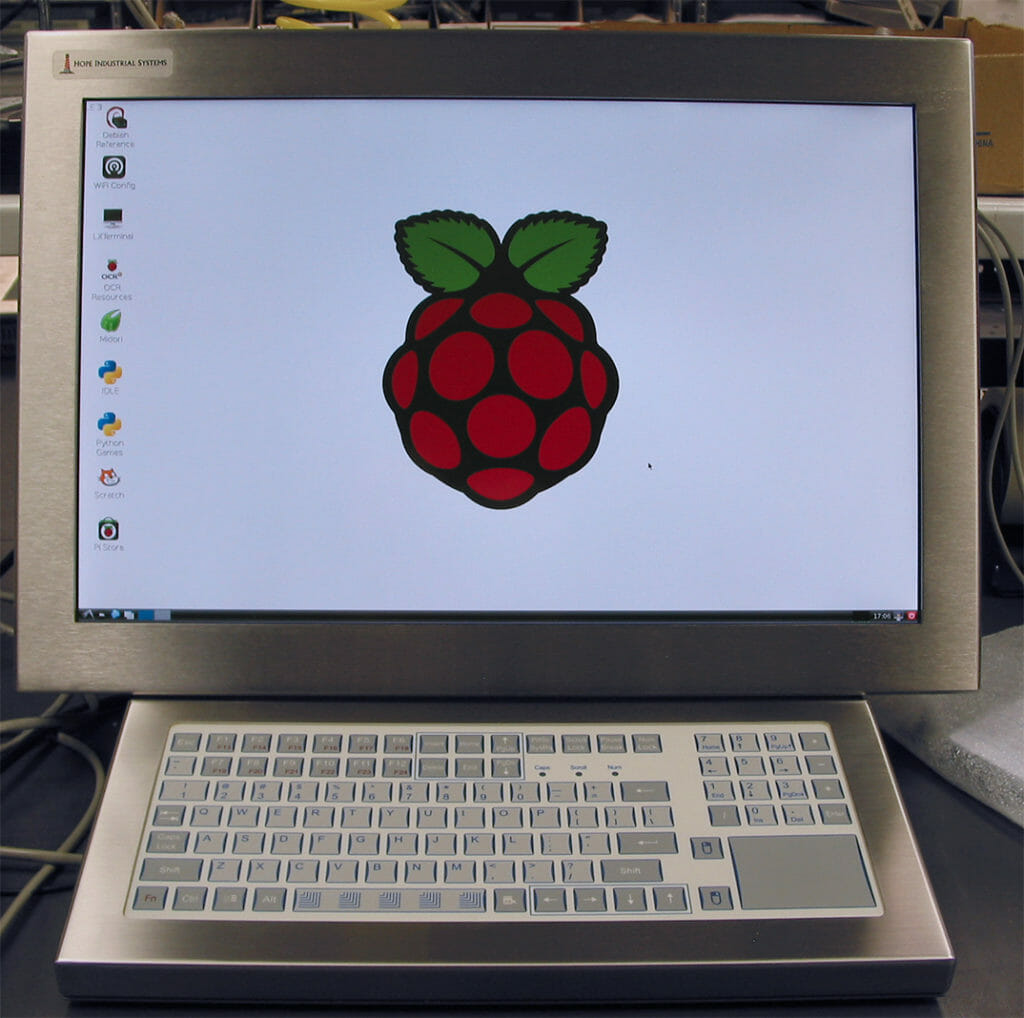
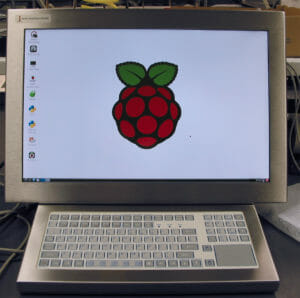
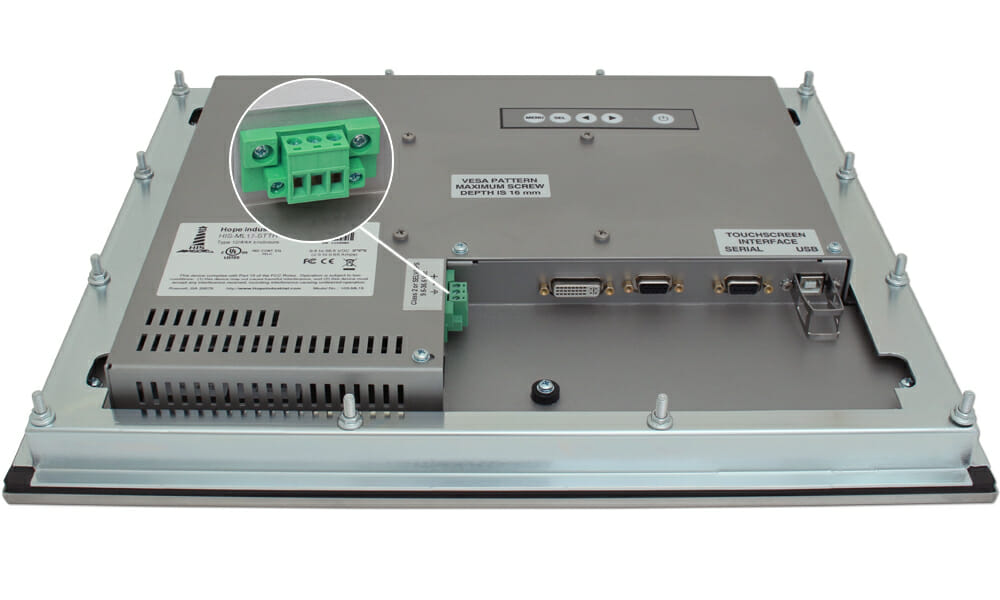
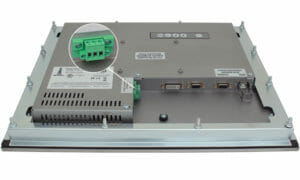 In response to customer requests, Hope Industrial is now offering DC versions of our 19″ and 23″ industrial monitors and touch screens. All DC units include a pluggable industrial terminal block and an input range of 9.6 to 36.6 VDC. DC units include an AC-to-DC power supply provided for bench testing. These models are ideal for telecommunications, utilities and transportation applications.
In response to customer requests, Hope Industrial is now offering DC versions of our 19″ and 23″ industrial monitors and touch screens. All DC units include a pluggable industrial terminal block and an input range of 9.6 to 36.6 VDC. DC units include an AC-to-DC power supply provided for bench testing. These models are ideal for telecommunications, utilities and transportation applications.